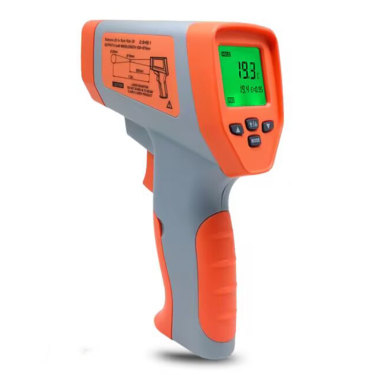
# Cooking Thermometer: Essential Tool for Perfectly Cooked Meals
## Why Every Kitchen Needs a Cooking Thermometer
A cooking thermometer is one of the most valuable tools in any kitchen, whether you’re a professional chef or a home cook. This simple device takes the guesswork out of cooking, ensuring your meats are perfectly cooked to safe temperatures while maintaining ideal texture and juiciness.
Types of Cooking Thermometers
There are several types of cooking thermometers available, each suited for different cooking methods:
- Instant-read thermometers: Provide quick temperature readings in seconds
- Oven-safe thermometers: Remain in food while cooking in the oven
- Probe thermometers: Feature a probe that stays in the food with a display outside the oven
- Wireless thermometers: Allow monitoring from a distance via smartphone apps
- Candy/deep-fry thermometers: Designed for high-temperature applications
Keyword: cooking thermometer
Key Benefits of Using a Cooking Thermometer
Investing in a quality cooking thermometer offers numerous advantages:
Food Safety: Ensures meats reach safe internal temperatures to kill harmful bacteria (145°F for whole cuts of beef, pork, lamb, and veal; 160°F for ground meats; 165°F for poultry).
Perfect Results: Helps achieve ideal doneness for different preferences (rare, medium, well-done).
Prevents Overcooking: Eliminates dry, tough meat by removing it from heat at the perfect moment.
Versatility: Useful for meats, baked goods, candy making, and even checking refrigerator temperatures.
How to Use a Cooking Thermometer Properly
To get accurate readings:
- Insert the probe into the thickest part of the food, avoiding bones or fat
- For thin items like burgers, insert the probe sideways through the side
- Wait for the temperature to stabilize (especially with instant-read models)
- Clean the thermometer thoroughly after each use
Choosing the Right Cooking Thermometer
Consider these factors when selecting a cooking thermometer:
- Temperature range (should cover at least -40°F to 400°F)
- Response time (faster is better for most cooking applications)
- Accuracy (look for ±1-2°F accuracy)
- Durability and waterproof features
- Ease of cleaning
- Additional features like backlit displays or programmable alarms
A cooking thermometer is a small investment that pays off in consistently better meals and improved food safety. Whether you’re grilling steaks, roasting chicken, or baking bread, this essential tool helps you achieve perfect results every time.
